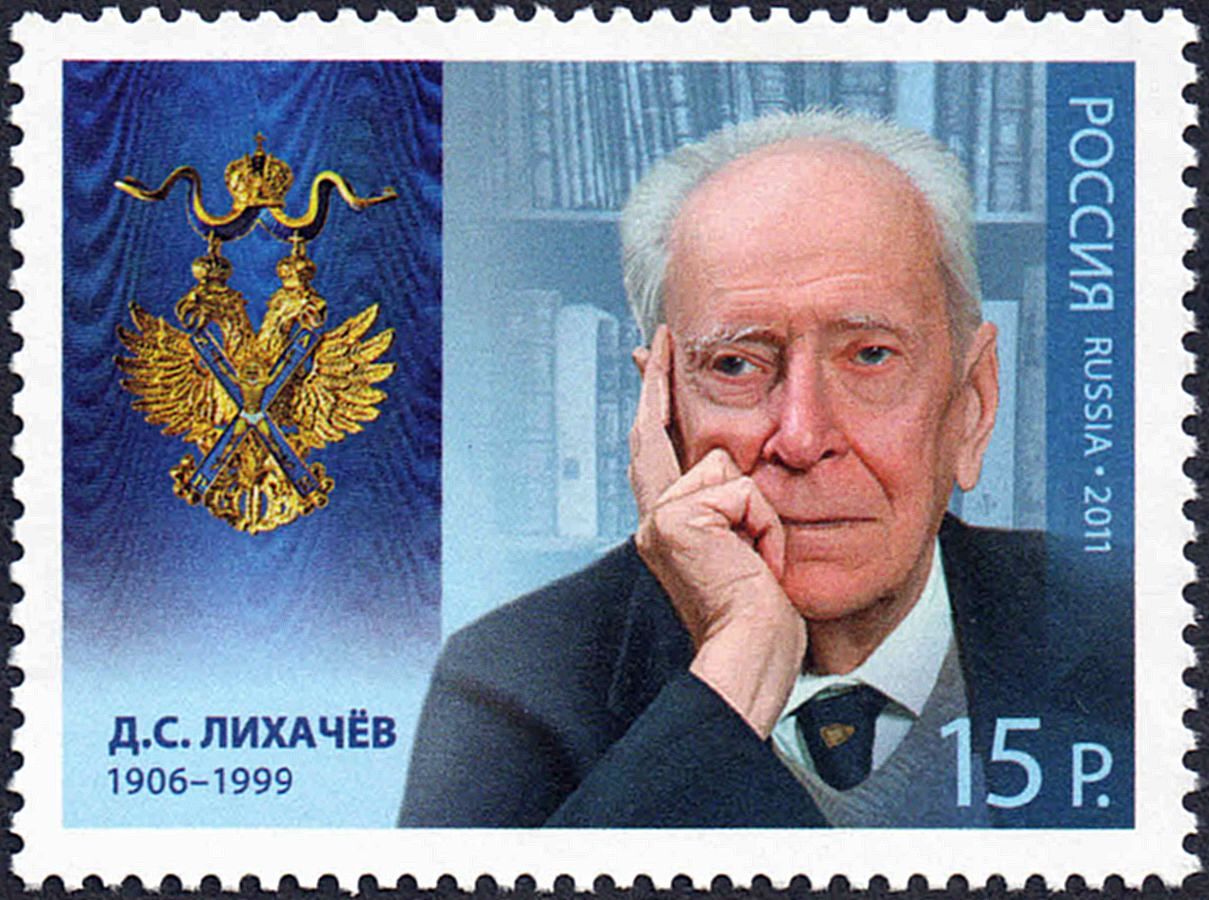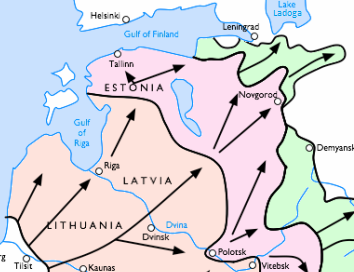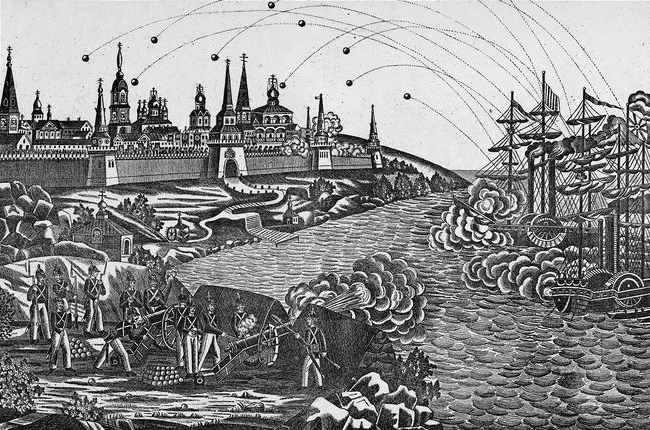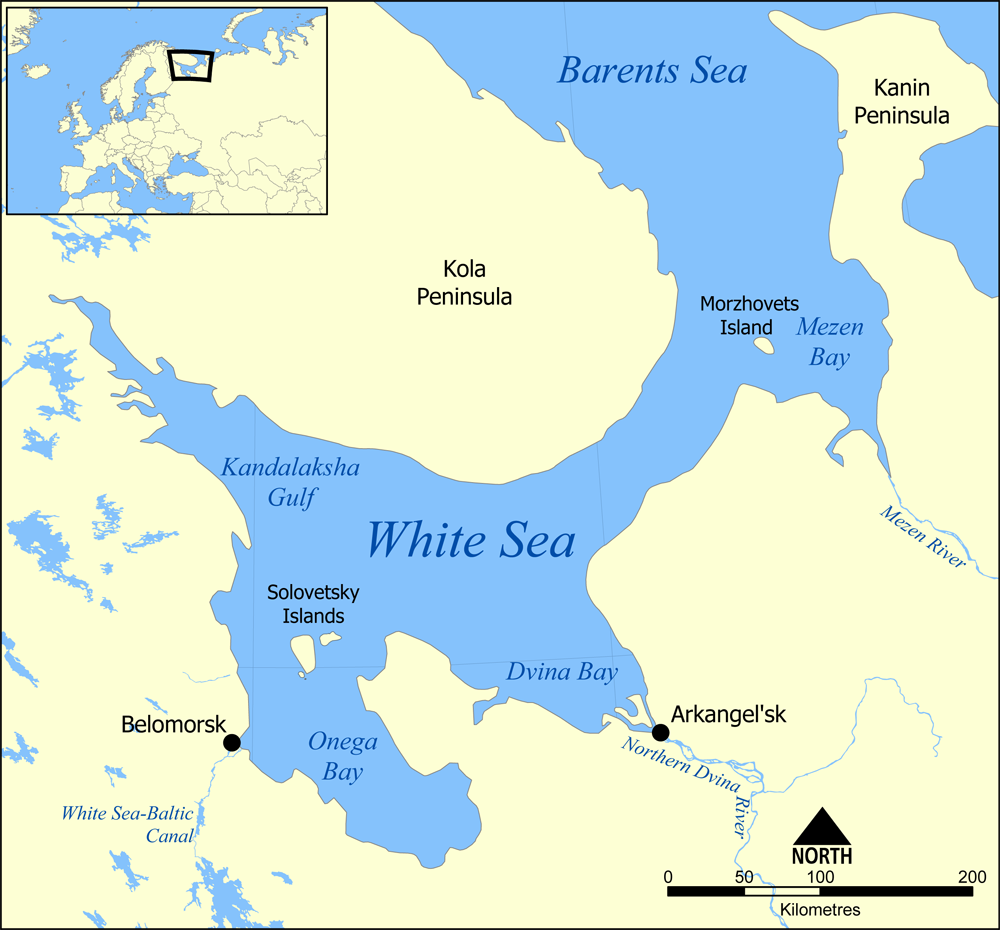|
Dmitry Likhachyov
Dmitry Sergeyevich Likhachev (, also spelled ''Dmitrii Likhachev'' or ''Dmitry Likhachov''; – 30 September 1999) was a Russian medievalist, linguist, and a former inmate of Gulag. During his lifetime, Likhachev was considered the world's foremost scholar of the Old Russian language and its literature. He was revered as "the last of old St Petersburgers", and as "a guardian of national culture". Due to his high profile as a Soviet dissident writer, social critic, and activist during his later life, Likhachev was often referred to as "Russia's conscience". Life and career Childhood and concentration camp (1906 – 1931) Dmitry Likhachev was born in Saint Petersburg. From his early childhood he had a passion for literature, even though his parents did not approve of this interest. In a 1987 interview with David Remnick, Likhachev recalled how he had, "watched the February and October Revolutions from his window."David Remnick (1994), ''Lenin's Tomb: The Last Days of the Sov ... [...More Info...] [...Related Items...] OR: [Wikipedia] [Google] [Baidu] |
Saint Petersburg
Saint Petersburg, formerly known as Petrograd and later Leningrad, is the List of cities and towns in Russia by population, second-largest city in Russia after Moscow. It is situated on the Neva, River Neva, at the head of the Gulf of Finland on the Baltic Sea. The city had a population of 5,601,911 residents as of 2021, with more than 6.4 million people living in the Saint Petersburg metropolitan area, metropolitan area. Saint Petersburg is the List of European cities by population within city limits, fourth-most populous city in Europe, the List of cities and towns around the Baltic Sea, most populous city on the Baltic Sea, and the world's List of northernmost items#Cities and settlements, northernmost city of more than 1 million residents. As the former capital of the Russian Empire, and a Ports of the Baltic Sea, historically strategic port, it is governed as a Federal cities of Russia, federal city. The city was founded by Tsar Peter the Great on 27 May 1703 on the s ... [...More Info...] [...Related Items...] OR: [Wikipedia] [Google] [Baidu] |
Leningrad University
Saint Petersburg State University (SPBGU; ) is a public university, public research university in Saint Petersburg, Russia, and one of the oldest and most prestigious universities in Russia. Founded in 1724 by a decree of Peter the Great, the university from the beginning has had a focus on fundamental research in science, engineering and humanities. During the Soviet period, it was known as Leningrad State University (). It was renamed after Andrei Zhdanov in 1948 and was officially called "Leningrad State University, named after A. A. Zhdanov and decorated with the Order of Lenin and the Order of the Red Banner of Labour." Zhdanov's was removed in 1989 and Leningrad in the name was officially replaced with Saint Petersburg in 1992. It is made up of 24 specialized faculties (departments) and institutes, the Academic Gymnasium, the Medical College, the College of Physical Culture and Sports, Economics and Technology. The university has two primary campuses: one on Vasilievsky Isl ... [...More Info...] [...Related Items...] OR: [Wikipedia] [Google] [Baidu] |
Lev Gumilev
Lev Nikolayevich Gumilev (also Gumilyov; ; – 15 June 1992) was a Soviet and Russian historian, ethnologist, anthropologist and translator. He had a reputation for his highly unorthodox theories of ethnogenesis and historiosophy. He was an exponent of Eurasianism. Life Gumilev's parents, the prominent poets Nikolai Gumilev and Anna Akhmatova, divorced when he was 7 years old and his father was executed by the Cheka when he was just 9. Gumilev spent much of his adulthood, from 1938 until 1956, in Soviet labor camps. He was arrested by the NKVD in 1935 and released, but rearrested and sentenced to five years in 1938. Osip Mandelstam's " Stalin Epigram" is said to have played a role in his arrest. After release, he joined the Red Army and took part in the Battle of Berlin of 1945. However, he was arrested again in 1949 and sentenced to ten years in prison camps. Aiming to secure his freedom, Akhmatova published a dithyramb to Joseph Stalin, which did not help to release Gumi ... [...More Info...] [...Related Items...] OR: [Wikipedia] [Google] [Baidu] |
Siege Of Leningrad
The siege of Leningrad was a Siege, military blockade undertaken by the Axis powers against the city of Leningrad (present-day Saint Petersburg) in the Soviet Union on the Eastern Front (World War II), Eastern Front of World War II from 1941 to 1944. Leningrad, the country's second largest city, was besieged by Nazi Germany, Germany and Finland for 872 days, but never captured. The siege was the List of sieges, most destructive in history and possibly the List of battles by casualties#Sieges and urban combat, most deadly, causing an estimated 1.5 million deaths, from a prewar population of 3.2 million. It was not classified as a war crime at the time, but some historians have since classified it as a genocide due to the intentional destruction of the city and the systematic starvation of its civilian population. p. 334 In August 1941, Nazi Germany, Germany's Army Group North reached the suburbs of Leningrad as Finnish forces moved to encircle the city from the north. Land ... [...More Info...] [...Related Items...] OR: [Wikipedia] [Google] [Baidu] |
Pushkin House
The Pushkin House (), formally the Institute of Russian Literature (), is a research institute in St. Petersburg. It is part of a network of institutions affiliated with the Russian Academy of Sciences. History Establishment The Russian Literature Institute began its life in December 1905 as the main centre for Alexander Pushkin studies in Imperial Russia. A commission in charge of erecting a Pushkin monument in St. Petersburg, led by Sergei Oldenburg and Aleksey Shakhmatov, suggested a permanent institution be set up to preserve original Pushkin manuscripts: The idea won support from all sides and was welcomed by Grand Duke Constantine Constantinovich. It was understood that the Pushkin House would be housed in a purpose-built Neoclassical edifice, or Odeon, but the idea failed to materialize owing to a lack of funds. In 1907 Vladimir Kokovtsov, Minister of Finance, came up with the proposal to acquire a huge collection of Pushkin manuscripts and memorabilia amassed ... [...More Info...] [...Related Items...] OR: [Wikipedia] [Google] [Baidu] |
White Sea–Baltic Canal
The White Sea–Baltic Canal (), often abbreviated to White Sea Canal (), is a man-made ship canal in Russia opened on 2 August 1933. It connects the White Sea, in the Arctic Ocean, with Lake Onega, which is further connected to the Baltic Sea. Until 1961, it was called by its original name: the Joseph Stalin, Stalin White Sea–Baltic Canal (''Belomorsko-Baltiyskiy Kanal imeni Stalina''). The canal was constructed by forced labor of gulag inmates. Beginning and ending with a labor force of 126,000, between 12,000 and 25,000 laborers died according to official records,''Александр Кокурин, Юрий Моруков''. Сталинские стройки ГУЛАГа.1930–53, Москва, Материк 2005, — 568 с. — С. 34. while Anne Applebaum's estimate is 25,000 deaths. The canal runs , partially along several canalized rivers and Lake Vygozero. As of 2008, it carries only light traffic of between ten to forty boats per day. Its economic advantages are ... [...More Info...] [...Related Items...] OR: [Wikipedia] [Google] [Baidu] |
Mass Grave
A mass grave is a grave containing multiple human corpses, which may or may Unidentified decedent, not be identified prior to burial. The United Nations has defined a criminal mass grave as a burial site containing three or more victims of execution, although an exact definition is not unanimously agreed upon. Mass graves are usually created after many people die or are killed, and there is a desire to bury the corpses quickly for sanitation concerns. Although mass graves can be used during major conflicts such as war and crime, in modern times they may be used after a famine, epidemic, or natural disaster. In disasters, mass graves are used for infection and disease control. In such cases, there is often a breakdown of the social infrastructure that would enable proper identification and disposal of individual bodies. Background Definitions Many different definitions have been given. The Bournemouth Protocol on Mass Grave Protection and Investigation focuses on circumstan ... [...More Info...] [...Related Items...] OR: [Wikipedia] [Google] [Baidu] |
Solovki Special Purpose Camp
The Solovki special camp (later the Solovki special prison), was set up in 1923 on the Solovetsky Islands in the White Sea as a remote and inaccessible place of detention, primarily intended for socialist opponents of Soviet Russia's new Bolshevik regime. At first, the anarchists, Mensheviks, and Socialist Revolutionaries enjoyed a special status there and were not made to work. Gradually, prisoners from the old regime (priests, gentry, and White Army officers) joined them and the guards and the ordinary criminals worked together to keep the "politicals" in order. This was the nucleus from which the entire Gulag grew, thanks to its proximity to the first great construction project of the Five-Year Plans, the White Sea–Baltic Canal. In one way, Solovki and the White Sea Canal broke a basic rule of the Gulag: they were both far too close to the border. This facilitated a number of daring escapes in the 1920s; as war loomed in the late 1930s, it led to the closure of the Solovki s ... [...More Info...] [...Related Items...] OR: [Wikipedia] [Google] [Baidu] |
Solovetsky Islands
The Solovetsky Islands ( rus, Соловецкие острова, p=səlɐˈvʲetskʲɪj ɐstrɐˈva), or Solovki ( rus, Соловки, p=səlɐfˈkʲi), are an archipelago located in the Onega Bay of the White Sea, Russia. As an administrative division, the islands are incorporated as Solovetsky District of Arkhangelsk Oblast, Russia.Law #65-5-OZ Within the framework of municipal divisions, they are incorporated as Solovetskoye Rural Settlement within Primorsky Municipal District.Law #258-vneoch.-OZ The administrative center of both divisions is the settlement of Solovetsky, located on Bolshoy Solovetsky Island. Almost all of the population of the islands lives in Solovetsky. As of the 2010 Census, the district had a population of 861 inhabitants. The Solovetsky Monastery (founded in 1436), in 1923 became the site of the first Gulag establishment, the Solovki prison camp. Geography The archipelago has a total area of and consists of six islands: * Bolshoy ... [...More Info...] [...Related Items...] OR: [Wikipedia] [Google] [Baidu] |
Solovki Prison Camp
The Solovki special camp (later the Solovki special prison), was set up in 1923 on the Solovetsky Islands in the White Sea as a remote and inaccessible place of detention, primarily intended for socialist opponents of Soviet Russia's new Bolshevik regime. At first, the anarchists, Mensheviks, and Socialist Revolutionaries enjoyed a special status there and were not made to work. Gradually, prisoners from the old regime (priests, gentry, and White Army officers) joined them and the guards and the ordinary criminals worked together to keep the "politicals" in order. This was the nucleus from which the entire Gulag grew, thanks to its proximity to the first great construction project of the Five-Year Plans, the White Sea–Baltic Canal. In one way, Solovki and the White Sea Canal broke a basic rule of the Gulag: they were both far too close to the border. This facilitated a number of daring escapes in the 1920s; as war loomed in the late 1930s, it led to the closure of the Solovki ... [...More Info...] [...Related Items...] OR: [Wikipedia] [Google] [Baidu] |
Soviet Secret Police
There were a succession of Soviet secret police agencies over time. The Okhrana was abolished by the Provisional government after the first revolution of 1917, and the first secret police after the October Revolution, created by Vladimir Lenin's decree on December 20, 1917, was called "Cheka" (ЧК). Officers were referred to as " chekists", a name that is still informally applied to people under the Federal Security Service of Russia, the KGB's successor in Russia after the dissolution of the Soviet Union. For most agencies listed here, secret policing operations were only part of their function; for instance, the KGB was both a secret police and an intelligence agency. History of the Soviet state security organs Detailed chronology *Cheka (abbreviation of ''Vecheka'', itself an acronym for "All-Russian Extraordinary Committee to Combat Counter-Revolution and Sabotage" of the Russian SFSR) ** Felix Dzerzhinsky (December 20, 1917 – July 7, 1918) ** Yakov Peters (July 7, ... [...More Info...] [...Related Items...] OR: [Wikipedia] [Google] [Baidu] |
Reforms Of Russian Orthography
Russian orthography has been reformed officially and unofficially by changing the Russian alphabet over the course of the history of the Russian language. Several important reforms happened in the 18th–20th centuries. Early changes Old East Slavic adopted the Cyrillic script, approximately during the 10th century and at about the same time as the introduction of Eastern Christianity into the territories inhabited by the Eastern Slavs. No distinction was drawn between the vernacular language and the liturgical, though the latter was based on South Slavic languages, South Slavic rather than East Slavic languages, Eastern Slavic norms. As the language evolved, several letters, notably the ''yuses'' (Ѫ, Ѭ, Ѧ, Ѩ) were gradually and unsystematically discarded from both secular and church usage over the next centuries. The emergence of the centralized Russian state in the 15th and 16th centuries, the consequent rise of the state bureaucracy along with the development of the com ... [...More Info...] [...Related Items...] OR: [Wikipedia] [Google] [Baidu] |










